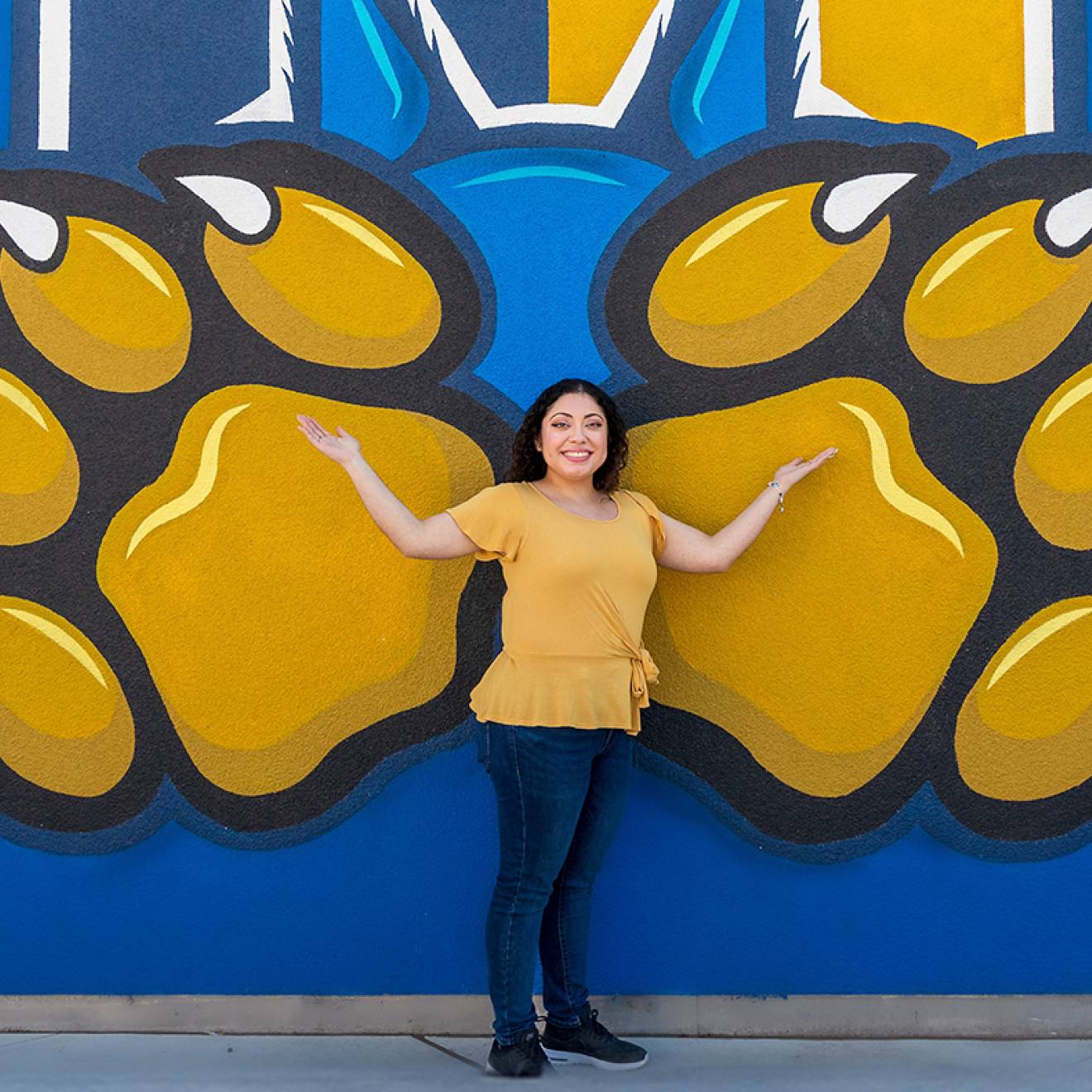Elaine Schmidt, UCLA
Rhianna Wilson spent her senior year of high school in and out of four San Diego hospitals, seeking relief for her vision loss, leg pain and excruciating headaches.
At 18, she was diagnosed with Ehler-Danlos Syndrome, a rare genetic disorder marked by overly stretchy connective tissue. In Rhianna’s case, the disorder revealed itself in double-jointedness that led to four shoulder dislocations.
An MRI showed that Wilson had a small slippage of her brain into her spinal column, called a Chiari malformation. The lower part of Wilson’s brain drooped exactly five millimeters below her skull, putting it at the upper limit of what is considered normal slippage by doctors.
Her doctors dismissed it as too minor to be the source of her worsening vision loss, pain and headaches. Yet Wilson’s suffering continued.
“I couldn’t see and couldn’t drive,” Wilson said. “I lost the use of my legs. But because doctors couldn’t see my pain, to them it didn’t exist.”
San Diego physicians encouraged Wilson’s parents to consider a seeing-eye dog and to enroll her in a school for the blind.
Refusing to give up, her mother scoured the internet for a possible link between Ehler-Danlos Syndrome and Chiari. Her research led the family to pediatric neurosurgeon Dr. Aria Fallah at UCLA Mattel Children’s Hospital.
“Rhianna was absolutely debilitated by these problems,” Fallah said. “She had gone from doctor to doctor and hospital to hospital with essentially normal-looking MRIs. So they’d been quite dismissive of her symptoms.”
After Wilson told Fallah that her symptoms worsened after periods of standing, Fallah referred her for an unconventional stand-up MRI. The scan revealed a diagnosis that previous doctors had missed.
A large Chiari malformation — not visible on a traditional MRI during which the patient reclines horizontally — extended nine millimeters into Wilson’s spinal column. The over stretchiness of her connective tissue — combined with an assist from gravity when she stood up — caused Wilson’s brain to sag, compressing her brainstem and spinal cord. This created her terrible pain and robbed her of the ability to see and walk.
Fallah removed Wilson’s top vertebra and the back bone of her skull, creating more space for her brain and relieving her symptoms.
When Wilson opened her eyes after surgery, she could see again.
In less than three weeks, she was living like a typical teenager: driving, hiking and enjoying the active social life she’d missed during her senior year.
“UCLA has experts in these rare conditions, which gives us a unique advantage in treating the most complex of disorders and really making a difference,” Fallah said.
Wilson’s case was unusual enough that she became the subject of a column in The New York Times Magazine’s “Diagnosis” column.
Now 20, Wilson is reclaiming her life and making up for lost time. She’s re-enrolled in college and she’s working at a restaurant and mentoring two young girls who are also living with Ehler-Danlos Syndrome.

